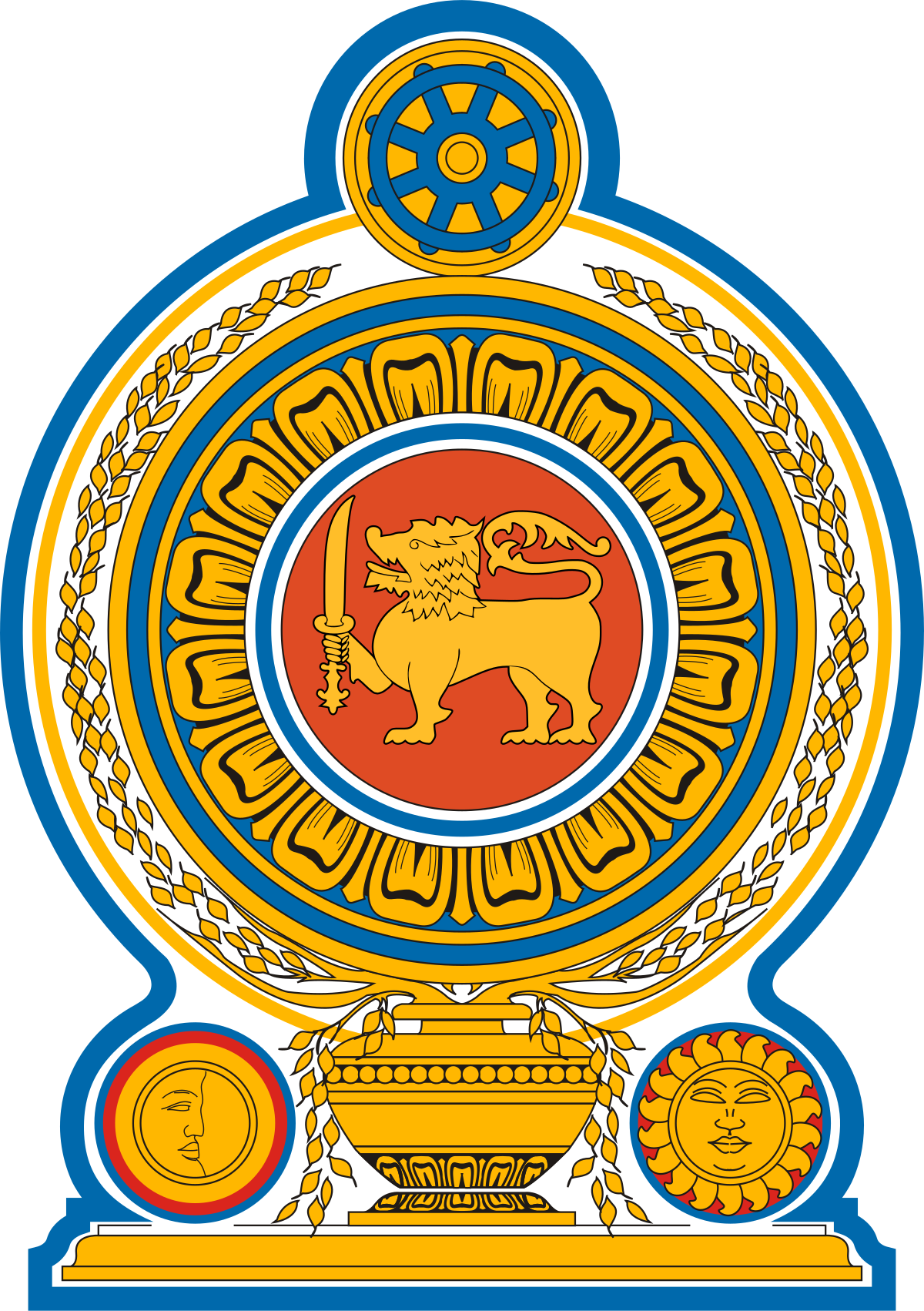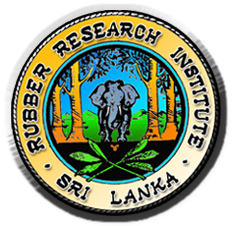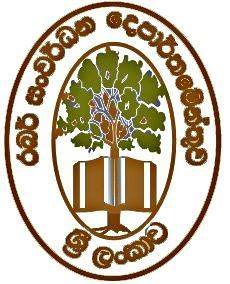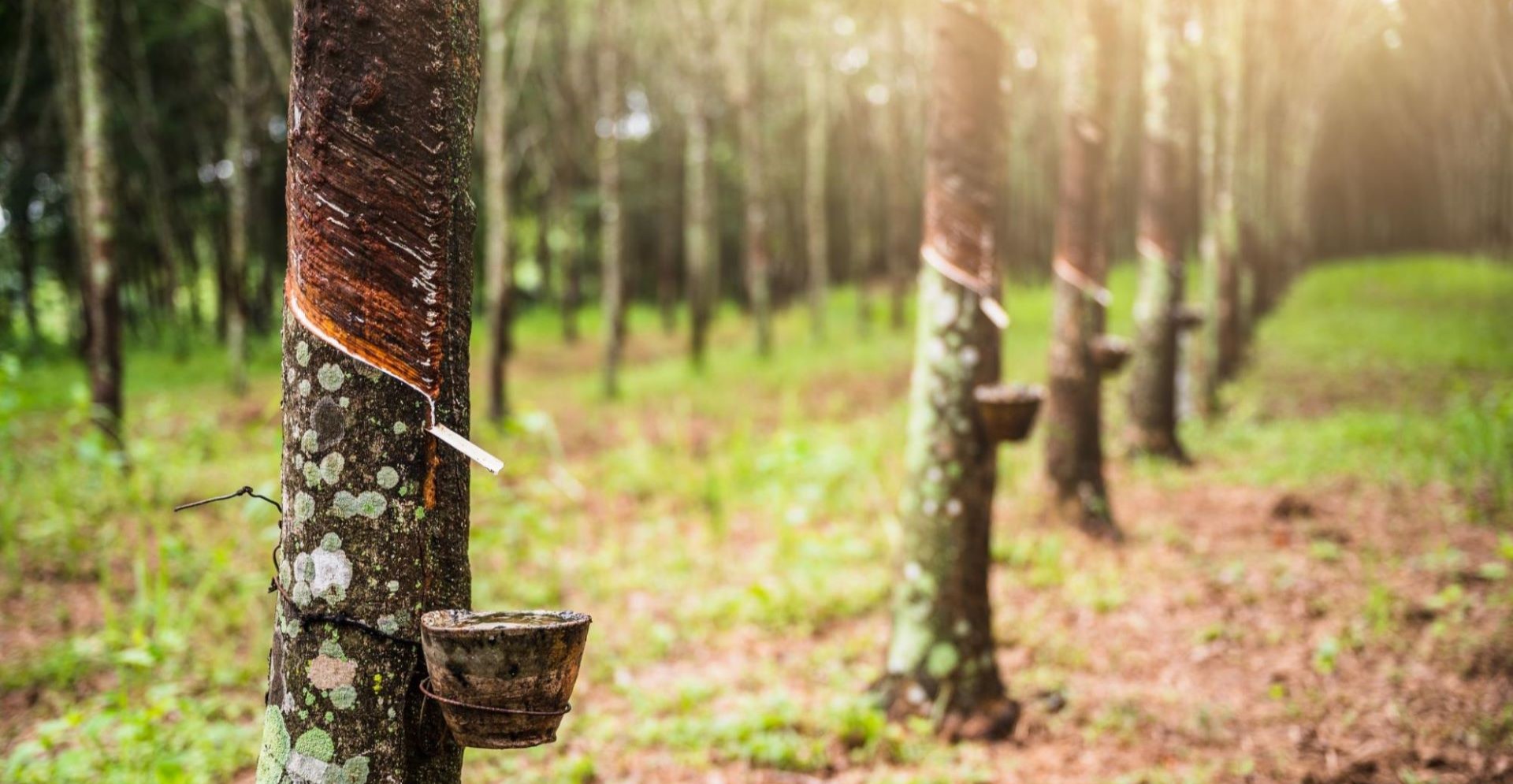
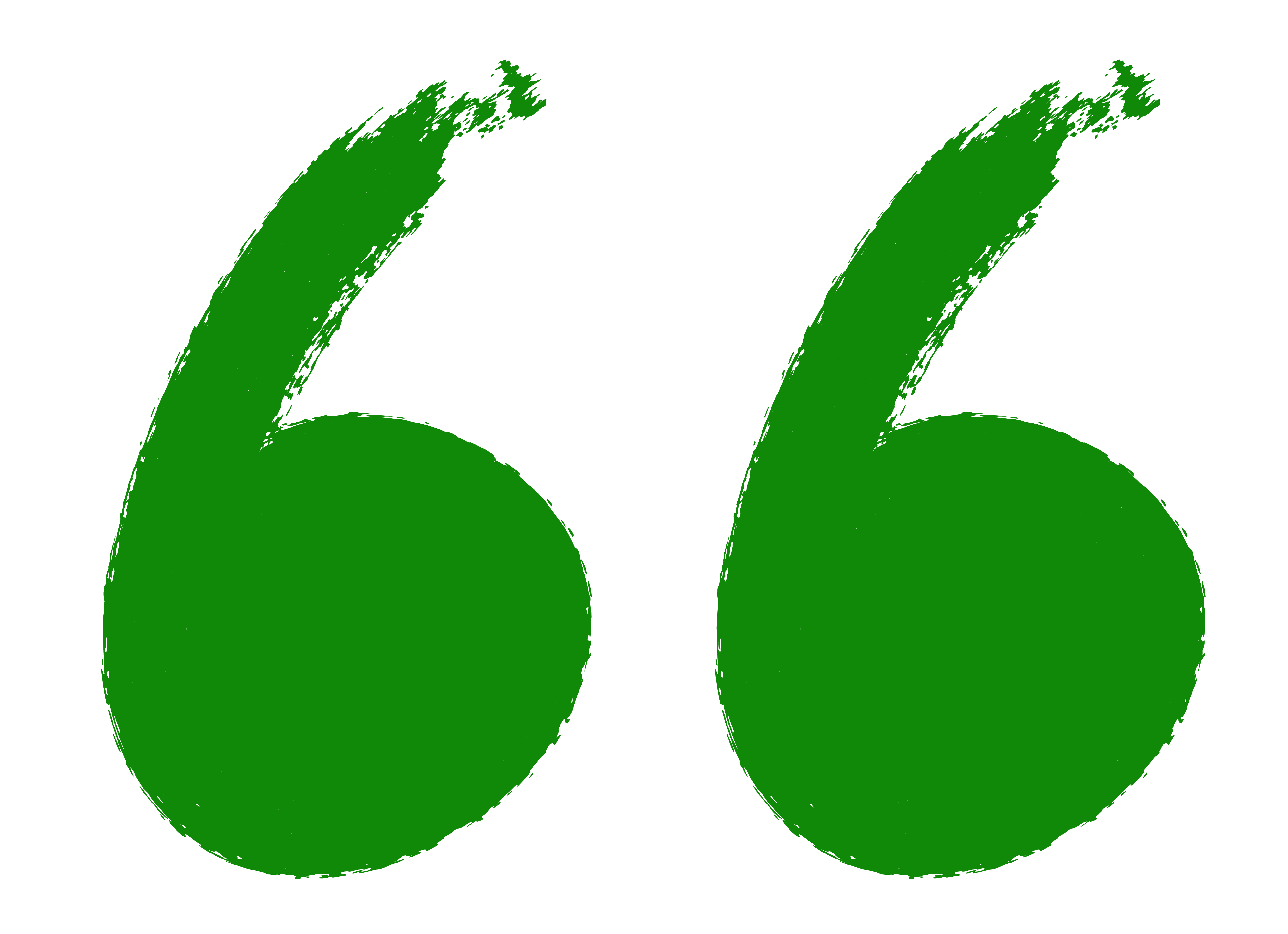
Our Vision
To become a leading stakeholder in the plantation industry to achieve socio-economic development in Sri Lanka.

Our Mission
Implementation of agricultural extension services for the qualitative and quantitative development in rubber cultivation and rubber-related industries in Sri Lanka in accordance with the powers and functions legally vested in the Department
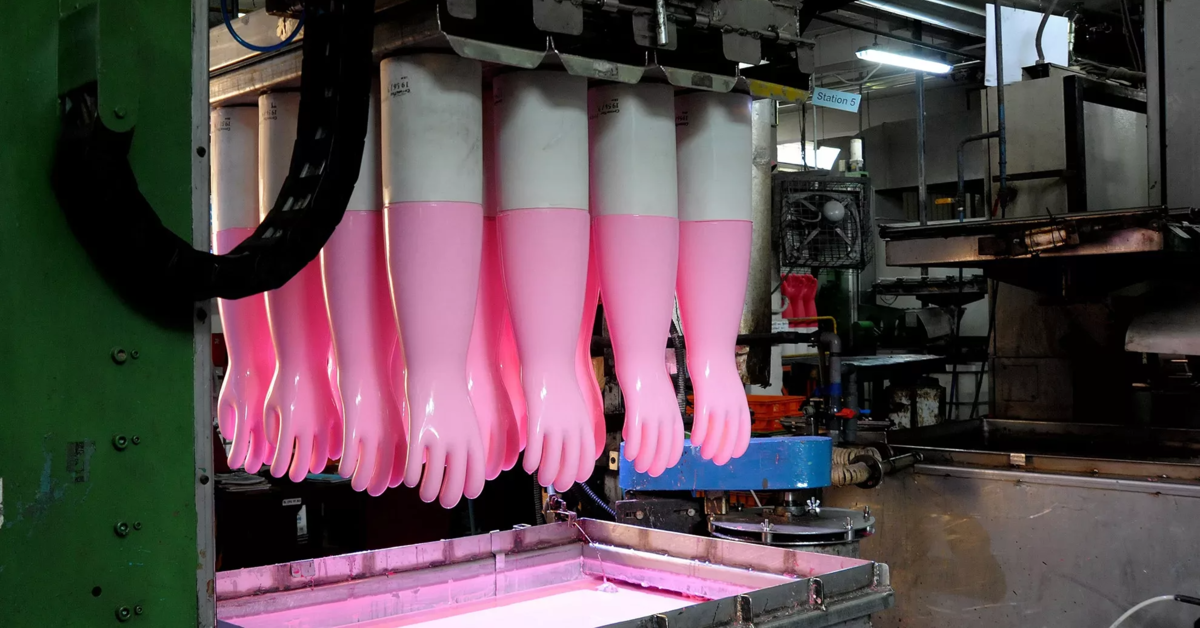
Objectives
Introduction
Para Rubber tagged in the scientific name Heavea Brasiliensis is commercially cultivated across the continents of Africa and Asia as an eco-friendly crop of plantation and rubber-based production and is widely in use throughout American and European countries.
The multitude of products are turned out by the use of rubber and the rubber plant, apart from its latex, is put into use for the manufacture of varied products as well as in the form of fuel. Large rubber branches are made use of in the manufacture of coal. Seeds of rubber go into the production of oil and animal feed. At a time when the natural equilibrium is in a state of disintegration, the rubber plant as an artificial forest cover is a valuable plantation shouldering the protection of the environmental balance.
Events that highlight the expansion of the rubber crop globally
Columbus in the year 1493 or thereabout in his expeditionary travel across countries had observed the Haiti nationals playing around with balls made out of the latex from the rubber plants. It was the first step in the direction of distinguishing the rubber plant from the world. This rubber tree was identified by a French Engineer called Francios Fresneau during the middle part of the 18th century across the river basins of the Amazon in South America where such terrains were supposed to be its homeland. In the year 1736, Charles de la Condamine went on to introduce the natural rubber plant to the countries in Europe. Rubber was made use of by John Priestly in 1770 as a raw material for the manufacture of a variety of items. The first ever rubber-producing factory was set up in Paris during the year 1803. The rubber sheet rolling machines for the purpose of producing rubber were manufactured by Thomas Hancock in 1820. Charles Goodyear in 1839 introduced various rubber-based products whilst it was also made use of as a raw material for the production of electrical safety appliances. Stephen Perry engaged himself in turning out rubber-based products in England in the year 1845. Rubber cultivation saw its propagation throughout the Asian Continent on the initiative of Sir Henry Wickham during the year 1876. John Boyd Dunlop initiated the rubber tyer production for bicycles and motor vehicles in 1888. The first ever rubber cultivation got off the ground in Malaysia in the year 1896. The propagation of rubber commenced in the Islands of Sumatra and Java during the period from 1902 to 1906. Thailand saw the introduction of rubber cultivation in the year 1900.
Commencement, extension and expansion of the rubber cultivation in Sri Lanka
Sir Henry Wickham introduced the rubber tree to Sri Lanka in the year 1876 and the first ever rubber tree was planted in the Botanical Gardens of Henarathgoda in Gampaha. Upon realization that it is conducive to Sri Lanka, the cultivation of it commenced. This cultivation started off from Kalutara after 1890 and saw its extension spread out to the Western, Central and Southern regions as well. Consequent to the healthy income the cultivation attracted, an extension of the rubber plant went on to improve gradually in Sri Lanka and it also so happened that Sri Lanka in the year 1906 made shipments of rubber plants to Brazil which is the country native to the rubber plant. Despite the fact that the rubber plant is not endemic to us, Sri Lanka also holds the distinguished honour of establishing the first-ever rubber research institute in the world.
In retrospect to the history of the exportation of rubber from Sri Lanka, the Rubber & Rice Pact between China and Sri Lanka in 1952 comes to the forefront. It can be distinguished as the first ever “free trade agreement” entered into concerning the export of crops in Sri Lanka. The Rubber Replanting Subsidy Act, No. 36 of 1953 was passed with the objective of encouraging rubber replantation. Furthermore, the Rubber Control Department was abolished and the Rubber Development Department was thereafter established pursuant to a cabinet decision in the year 1994 with a view to strengthening the extension services associated with rubber replantation and new rubber cultivation and regulating the important functions involving the rubber industry such as production of plants and application of fertilizer.
When considering the pattern of extension in the country’s rubber cultivation, the pattern of such extension that prevailed in the 19th century is apparently far more different to that of the 20th century. Initially, only the wet zone witnessed the extension of rubber cultivation. Rubber has predominantly been cultivated in the districts such as Kegalle, Kalutara, Ratnapura, Gampaha and Colombo. Moreover, rubber cultivation is prevalent in the districts such as Matara, Galle, Kandy, Matale, Kurunegala, Badulla and Nuwara Eliya. As a result of a joint effort made by the Rubber Development Department and the Rubber Research Institute to cultivate rubber in the non-traditional areas, rubber cultivation is currently prevalent in higher proportions in the districts of Monaragala and Ampara whilst the districts of Hambantota, Vavuniya and Anuradhapura has its prevalence in lesser proportions. The decrease in the extension of rubber cultivation which was initially more prevalent in the wet zone was apparently owing to industrialization and urbanization.
Rubber cultivation has played a significant role in the context of the economy of Sri Lanka by way of setting in motion tasks such as the provision of foreign exchange, generation of employment opportunities, contribution towards domestic production and the sustenance of the environmental balance.
Despite the fact that there exists a high demand for Sri Lanka’s rubber, the level of production in comparison to demand is at a very low ebb due to inherent traits. In an era driving in the direction of continuous development, economic gains of immense magnitude can be raked in by way of export-oriented agriculture and in this particular scenario, Sri Lanka earns an exclusive position amongst the countries engaged in the production of rubber.
A large number of value-added rubber-based products are manufactured in Sri Lanka and the products of this country fetch a very high demand internationally because of their superior quality and durability. The rubber-based industries in Sri Lanka are on the rise and a large amount of foreign exchange could thereby be yielded through the export of rubber products with a promising price instead of the raw rubber exported in its primary state. Likewise, this endeavour has also played a major role in the generation of new employment avenues. Sri Lanka is ranked not only as the manufacturer of solid tyres of the best quality but also as the market leader in the sector linked to it. Sri Lanka is responsible for the supply of 22% of the global market demand for solid tyres. Moreover, Sri Lanka is also known for its production of super-quality gloves. Apart from that, Sri Lanka exports a host of other products such as pneumatic tyres, semi-pneumatic tyres, tubes, carpets, rubber bands, mats, automatic components, sealing rings, pipes and belts. The United States of America, Germany, Italy, Belgium and the United Kingdom are at the forefront among the buyers who purchase the finished products of rubber from Sri Lanka while Pakistan, Malaysia, India, Japan and Germany are the leading countries who purchase the finished semi-products of rubber.
In Sri Lanka too, the clearing up of forests has become a huge problem and the forest cover of Sri Lanka as at present is approximately 586,518 Ha whereas the extent of lands under rubber cultivation constitutes 98,584 Ha. As such, the extent of lands covered by rubber cultivation as an artificial plantation of forest is noteworthy.
Even though Sri Lanka is considered to be the cradle of the global rubber revolution, its descent as at present to the 14th position in the production of natural rubber in the world was due to domestic reasons such as a decrease in rubber production, decline in productivity, diminution in the expanse of lands consequent to the changes that took place in the use of lands in Sri Lanka, paucity in the tapping of latex in the matured rubber lands owing to unfavourable standings of pricing and dearth of labourers whilst the circumstances that led to countries not engaged in the rubber cultivation during the early part of the 19th century being placed in the prominent positions because of their own cultivations have also had an impact on it internationally. As of now, Thailand has become the forerunner in natural rubber production. Likewise, countries such as Indonesia and Vietnam make a great contribution towards the natural rubber production in the world.
Sri Lanka holds membership in international organizations such as the International Rubber Study Group (IRSG) and the Association of Natural Rubber Producing Countries (ANRPC) and shares the production data, market intelligence and the experiences gained through multiple facets of the rubber industry of the member countries with adherence to international policies concerning the rubber production make an active contribution towards the advancement of the domestic rubber industry.
In terms of Cabinet Decisions, the Rubber Control Department which was established under Ordinance No. 06 of 1934 was converted in to Rubber Development Department (RDD) since year 1994. The RDD Plays a significant role in the enhancement of the Plantation Sector by implementing the regulations made by the Hon. Minister of Agriculture and Plantation Industries under the powers vested by the Ordinances and Acts of rubber plantation.


